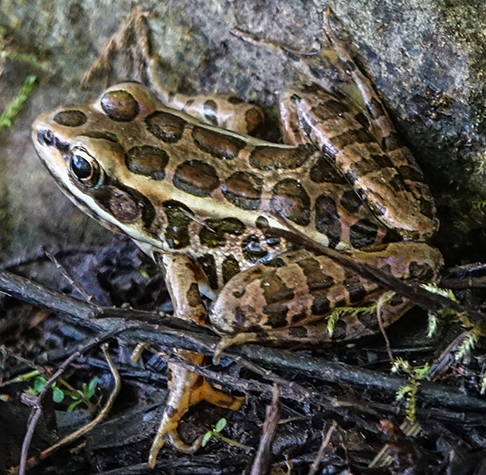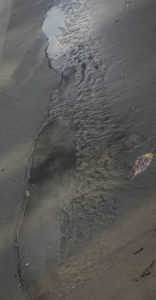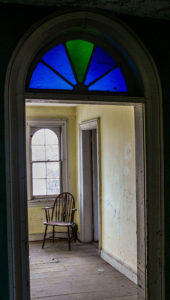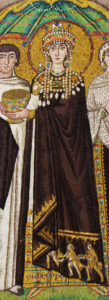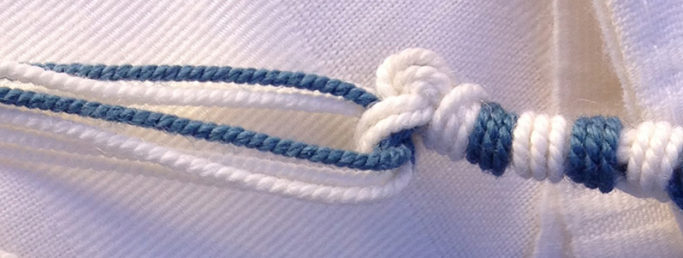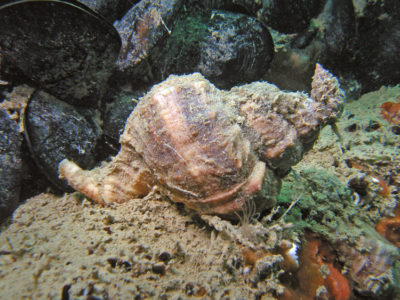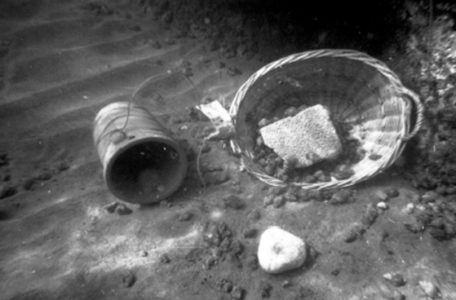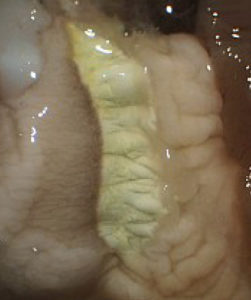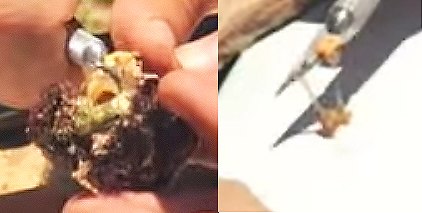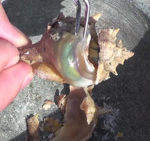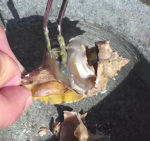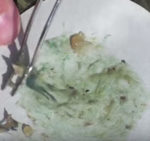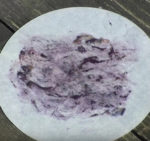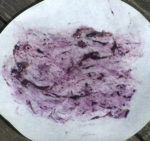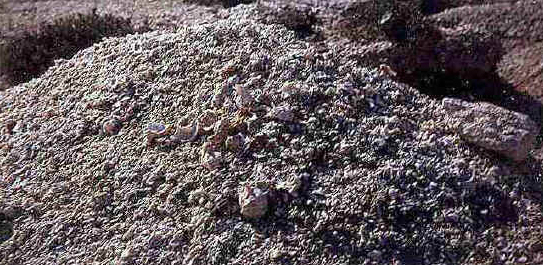(like a cauldron of bats, or a coalition of cheetahs)
3rd in a series of posts about the author’s experience
of Lewy body dementia
As an author, I never wrote from outlines or carefully crafted plots. Each book remained in flux as I wrote, balanced lightly in my mind, open to shifts in a character’s development or new paths to far horizons. Yet I always knew where I was headed and what I wanted to say. Alas, no more. Even writing a journal entry tumbles me into the wayward crosscurrents of a fraying consciousness.
People sometimes speak of women’s organic logic (as opposed to the linear logic of men), using words like spiraling, intuitive, archetypal. But increasingly, as I write even small posts like this one, I find myself moving through dementia’s bizarre post-logical inscape, where all patterns fade.
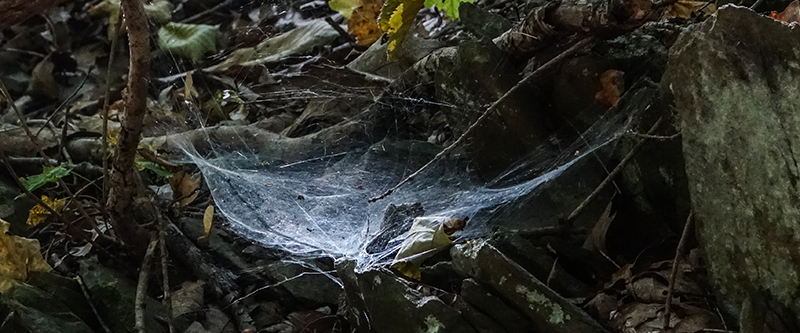 My efforts remind me of a befuddled spider struggling with an uncooperative web. Battered and ancient, she lurches from side to side, mumbling to herself as she lays one unlikely strand upon another. Much of her webbing falls away, its intended pattern vanishing through the gaps in her thoughts . . . words floating free of their mooring. Strands cross and re-cross at impossible angles, presenting only confusion to the reader. Yet somewhere beneath the chaos, a compassionate hand takes hold of the tangle, plaiting it into a rudimentary whole, and a pattern flickers through the ragged web—a glimpse of meaning as welcome as sunlight in the midst of storm.
My efforts remind me of a befuddled spider struggling with an uncooperative web. Battered and ancient, she lurches from side to side, mumbling to herself as she lays one unlikely strand upon another. Much of her webbing falls away, its intended pattern vanishing through the gaps in her thoughts . . . words floating free of their mooring. Strands cross and re-cross at impossible angles, presenting only confusion to the reader. Yet somewhere beneath the chaos, a compassionate hand takes hold of the tangle, plaiting it into a rudimentary whole, and a pattern flickers through the ragged web—a glimpse of meaning as welcome as sunlight in the midst of storm.
I invite you to consider my web with me.
We all know the story of the frog sitting in a pan of gradually warming water until he quietly boils into dinner. This may be an outworn cliché, yet it confronts us with a real peril of our human nature. Changes that creep up slowly can ghost under our radar. Only rarely do we perceive them as threats. When changes come slowly (they don’t even have to be subtle), or when the people perceiving them are unfocused and distracted, a shifting “normal” can erode into runaway catastrophe . . . Have politicians always been so venal? Has hate always been such a conspicuous part of American life? Didn’t New York winters used to be bitter cold? I can’t remember–is this the way home? Did I think to turn off the stove?
Lethargy has that kind of lethal potential for me.
Sometimes I wonder how I might’ve felt if my doctors hadn’t been familiar with LBD’s symptoms when I first had the sleep study. Would I have shrugged and dismissed my strange new life as normal aging? Would ennui have taken root in the mind fog? Putting a name on it does nothing to slow the disease, but at least it shows me what I’m facing. I possess a piece of data, a bit of knowledge, a light focused on the sly and slippery changes.
So what shall I do with myself as I confront this murkier-than-usual descent into the great mystery?
Dylan Thomas’ famous line, “Rage, rage, against the dying of the light,” is one option that everyone mentions sooner or later, as if such rage were a noble thing and a useful option.
But if you look at his whole poem, you’ll see that Thomas is talking about regret—regret for things his father didn’t do, for life unlived, and the rage he should feel. Yet a whisper intrudes on the poet’s advice: “Is this so different from a child’s rage at being carried off to bed too soon?”
So, should I rage? Or refuse regrets? I think I’ll pass on both. I can’t agree with the No regrets meme; too often it leads to complacency. I do have regrets, mostly for times when my spite made the world an uglier place. Those regrets are important to me. Without regret, I would never have confronted my unkindness, never turned away, and in some small way, Creation would be diminished. But wallowing in regret over foolish mistakes or pleasures denied corrodes the soul and makes a bitter tale for darkening days.
No, I prefer to hold in my tattering mind a passage from T.H. White’s The Once and Future King. I can still remember how it rang like a bell when I first read it in high school:
“The best thing for being sad,” replied Merlin, beginning to puff and blow, “is to learn something. That’s the only thing that never fails. You may grow old and trembling in your anatomies, you may lie awake at night listening to the disorder of your veins, you may miss your only love, you may see the world about you devastated by evil lunatics, or know your honour trampled in the sewers of baser minds. There is only one thing for it then — to learn. Learn why the world wags and what wags it. That is the only thing which the mind can never exhaust, never alienate, never be tortured by, never fear or distrust, and never dream of regretting. Learning is the only thing for you.”
 So I learn what I can, even now. Not facts, or political scandals, or even devotional thoughts: facts and concepts soon disappear in the mist. Mostly I learn with my hands and vision—spiritual and physical—because memory is strongest there. I still love to take photographs, although I fall asleep trying to process them. Last fall I foraged for woodland bounty to make gift wreaths. During the winter I experimented with sketching family portraits. Over the last few months I’ve been working on a series of paintings for my 2-year-old grandson’s room. The transformation from digital mock-up to painted canvas should begin any day now. Five years ago I never expected to pick up a paintbrush again.
So I learn what I can, even now. Not facts, or political scandals, or even devotional thoughts: facts and concepts soon disappear in the mist. Mostly I learn with my hands and vision—spiritual and physical—because memory is strongest there. I still love to take photographs, although I fall asleep trying to process them. Last fall I foraged for woodland bounty to make gift wreaths. During the winter I experimented with sketching family portraits. Over the last few months I’ve been working on a series of paintings for my 2-year-old grandson’s room. The transformation from digital mock-up to painted canvas should begin any day now. Five years ago I never expected to pick up a paintbrush again.
I was an author, and I am no longer. I was once an artist, and now I may be again. I am a mother, a grandmother, a sister, a wife, and a servant of cats. I was a daughter, and sometimes I remember to be an aunt. And, of course, there are things that never change: I detest hot humid weather and love the cold grace of winter trees; I have a feline heart, except for a well-hidden malamute shadow; and I’ve known since I was a preschool child that the Creator holds me in love and all Creation with me, regardless of the disasters we as humankind visit on our world.

“I will never be further from you than your heart.”
~~The Gospel According to Yeshua’s Cat
** All photos not otherwise attributed were taken by CL Francisco




